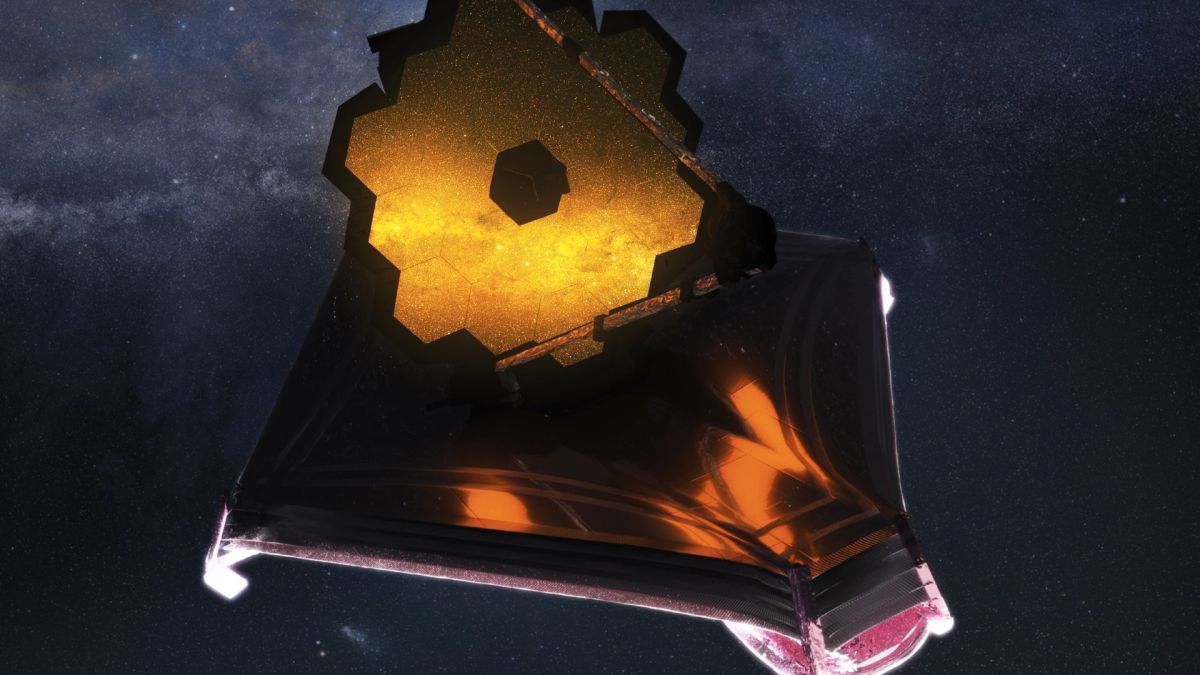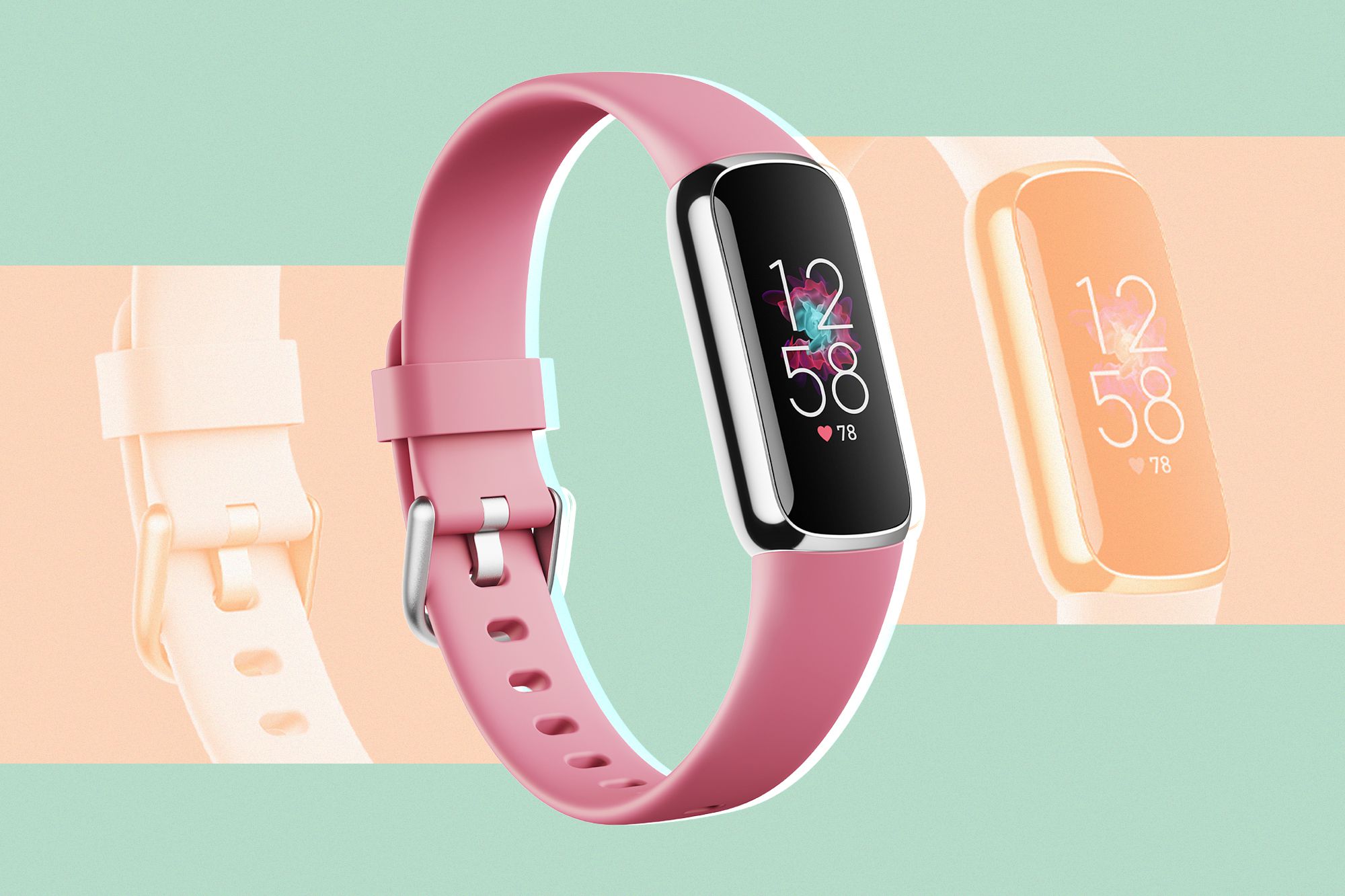Astronomers all around the world can eagerly anticipate their opportunity to pore through the data collected by the telescope now that the world has seen a glimpse of what the James Webb Space Telescope is truly capable of.
NASA’s largest and most powerful space science telescope, the $10 billion James Webb Space Telescope (commonly known as Webb or JWST), launched in December. The telescope has four instruments that can work together to gather data in 17 different modes . With the aid of these cutting-edge sensors, Webb will be able to analyze objects in our own solar system as well as some of the very first stars and galaxies to form in the cosmos.
On Tuesday, July 12, NASA revealed the first science-quality images from the ground-breaking telescope during a live ceremony at NASA’s Goddard Space Flight Center in Maryland. JWST has many years of science ahead of it, and comments made by some of the Webb team’s researchers provide a preview of the ground-breaking research that will be produced by the innovative telescope.
Referring to: NASA’s James Webb Space Telescope mission: Live updates Gallery: James Webb Space Telescope’s 1st photos
“Science observations have already started for the first year. For scientists that seek time in the first year, we have already collected data “During the occasion, Klaus Pontoppidan, the STScI’s principal JWST project scientist, made a statement.
He pointed out that the secret to opening up fresh findings will be making that data accessible to the general public as the initiative goes on. In the next day or two, the primary investigators of those initiatives will receive access to those data, some of which are already available to the public, he said. “We’re just moving forth at full speed.”
The early science programs on the Webb timeline, according to Pontoppidan, were chosen in part for efficiency so that the telescope won’t have to spend a lot of time shifting from target to target.
At the news conference, Pontoppidan stated, “The goal of that is to ensure that there is even more data available from all the instruments and all the modes are spanning a wide range of science, that is public instantly and has no exclusive access time.” Because we want the community to have as much data as possible, in particular by the time they get to propose again, they are given priority.
The importance of making another proposal lies in the fact that Webb will have annual calls for scientists to submit descriptions suggestions for the observatory’s future use. From there, the science programs will be chosen for approval for each cycle of observations, or year, by the Space Telescope Science Institute in Maryland, which runs JWST.
“Everything we planned during Cycle 1, the astronomical community, it was bold, but it wasn’t daring enough,” said Eric Smith, the JWST program scientist and top scientist at NASA’s astrophysics division, of the mission’s first year. Having seen how competent the facility is, I’m incredibly eager for what folks are planning to achieve during the second cycle.
The second cycle, which will start next summer, could result in some unexpected discoveries because Webb will be able to record higher levels of scientific detail. Ren Doyon, the main investigator of Webb’s Near Infrared Imager and Slitless Spectrograph (NIRISS) instrument, noted during the press conference that “we’re flipping the page on multiple new chapters, on exoplanet atmospheres, early cosmos, cloud formation, you name it.” “Furthermore, we have no idea what we will uncover. It is thrilling.”

Even the smallest samples of this data are impressive in and of themselves due to their enormous size. JWST operations project scientist Jane Rigby stated at the press briefing that starting on Thursday, “around 40 gigabytes of data” already obtained by the telescope will be made available in its raw form (July 14). In addition, NASA has made extra server space available in preparation for high demand to download the new data.
Rigby emphasized that while the data itself is fascinating, the true job will be in creating new models to evaluate it.
This is only the beginning, I just want to be clear about that,” Rigby said. “These data show that the telescope is functional, but the research findings will continue to be released moving forward. To extract as much science as possible from the data, several alternative methodologies will be used by various parties.”
As the observatory settles into its term, there will probably be more difficult or remarkable targets for the telescope now that astronomers have seen what the JWST is genuinely capable of.
Smith remarked of scientists at the conference, “They can have more targets or go deeper than they imagined.” People will likely be lot more daring in round two now that they are aware of how excellent the facility is, in my opinion.
.














